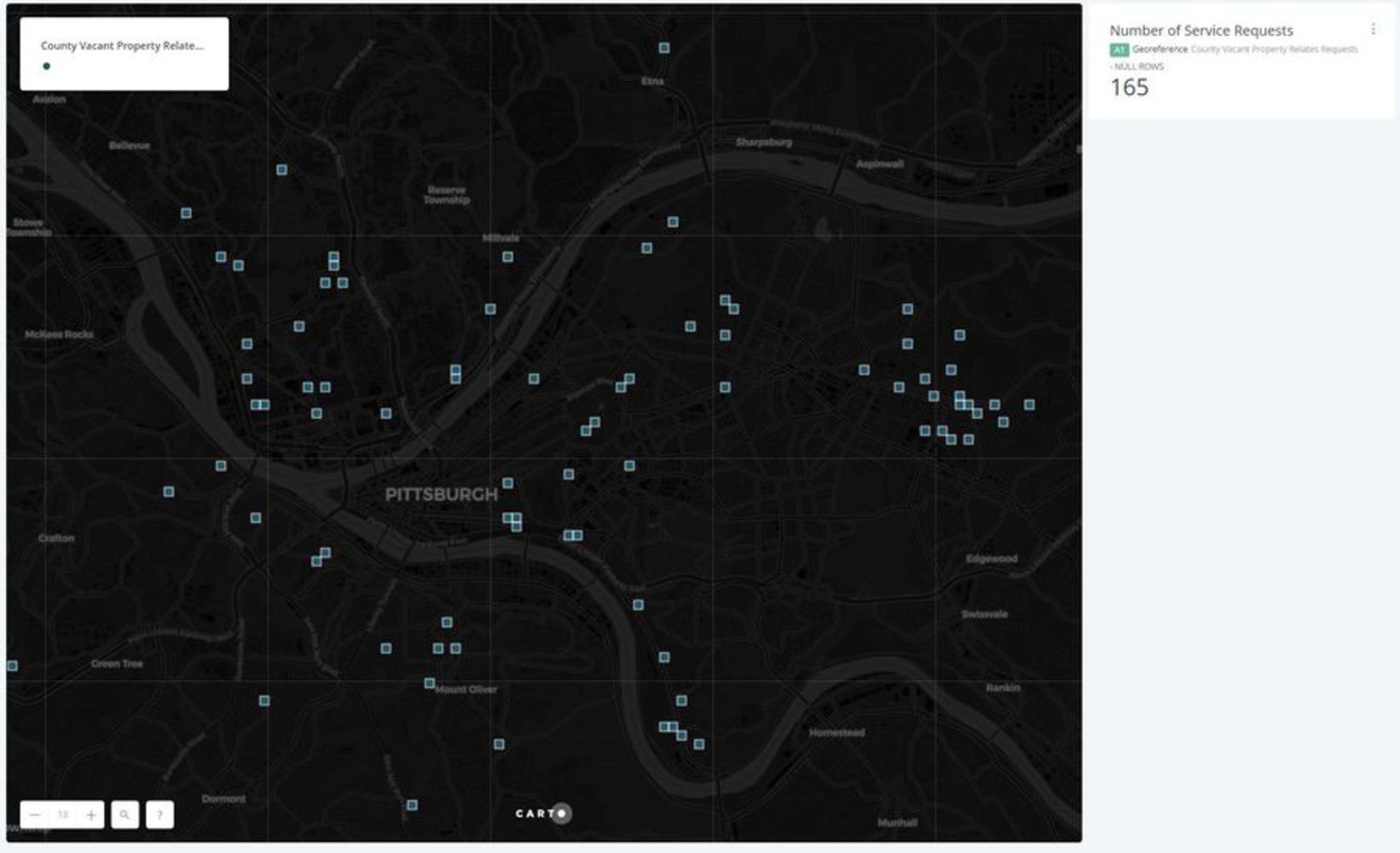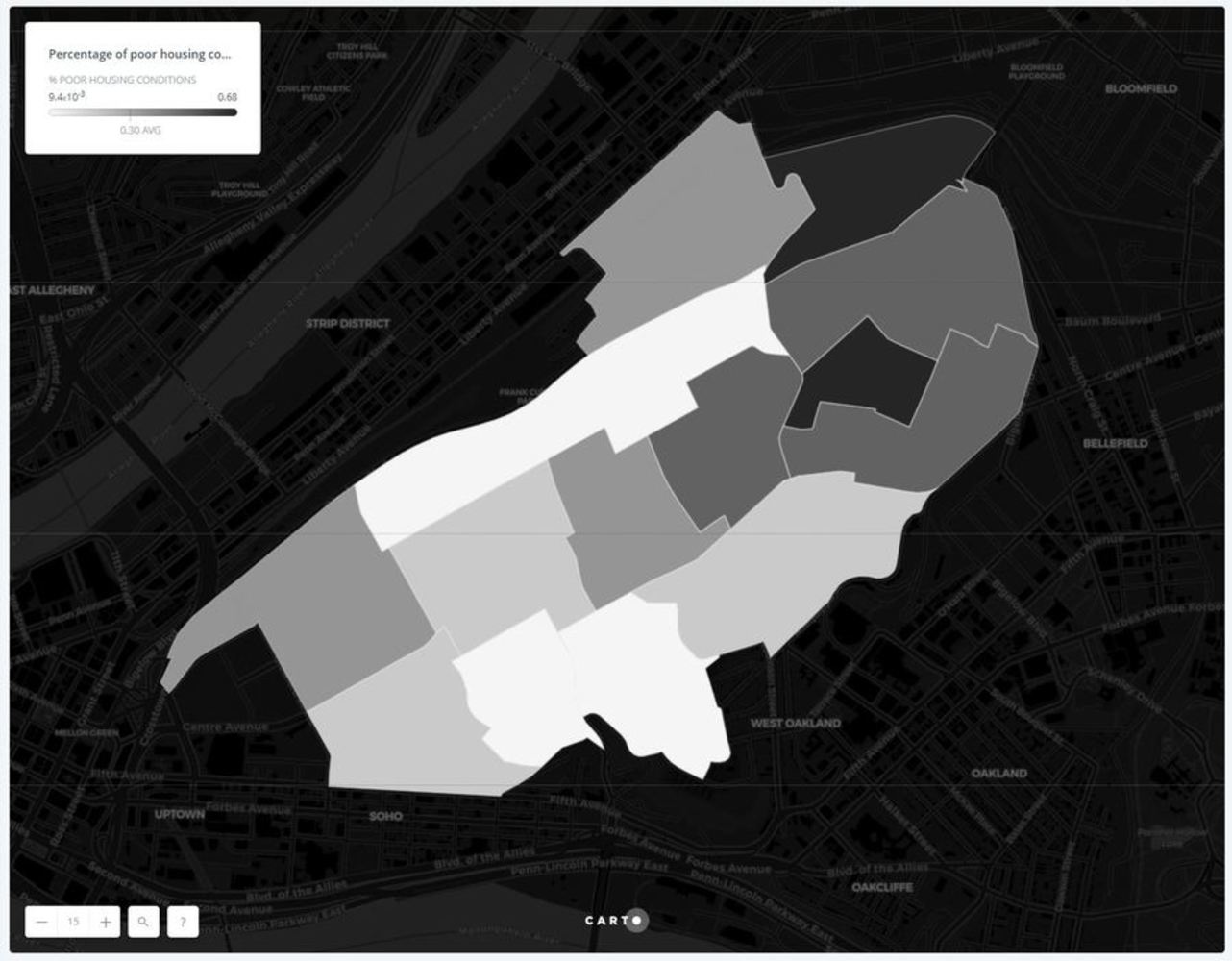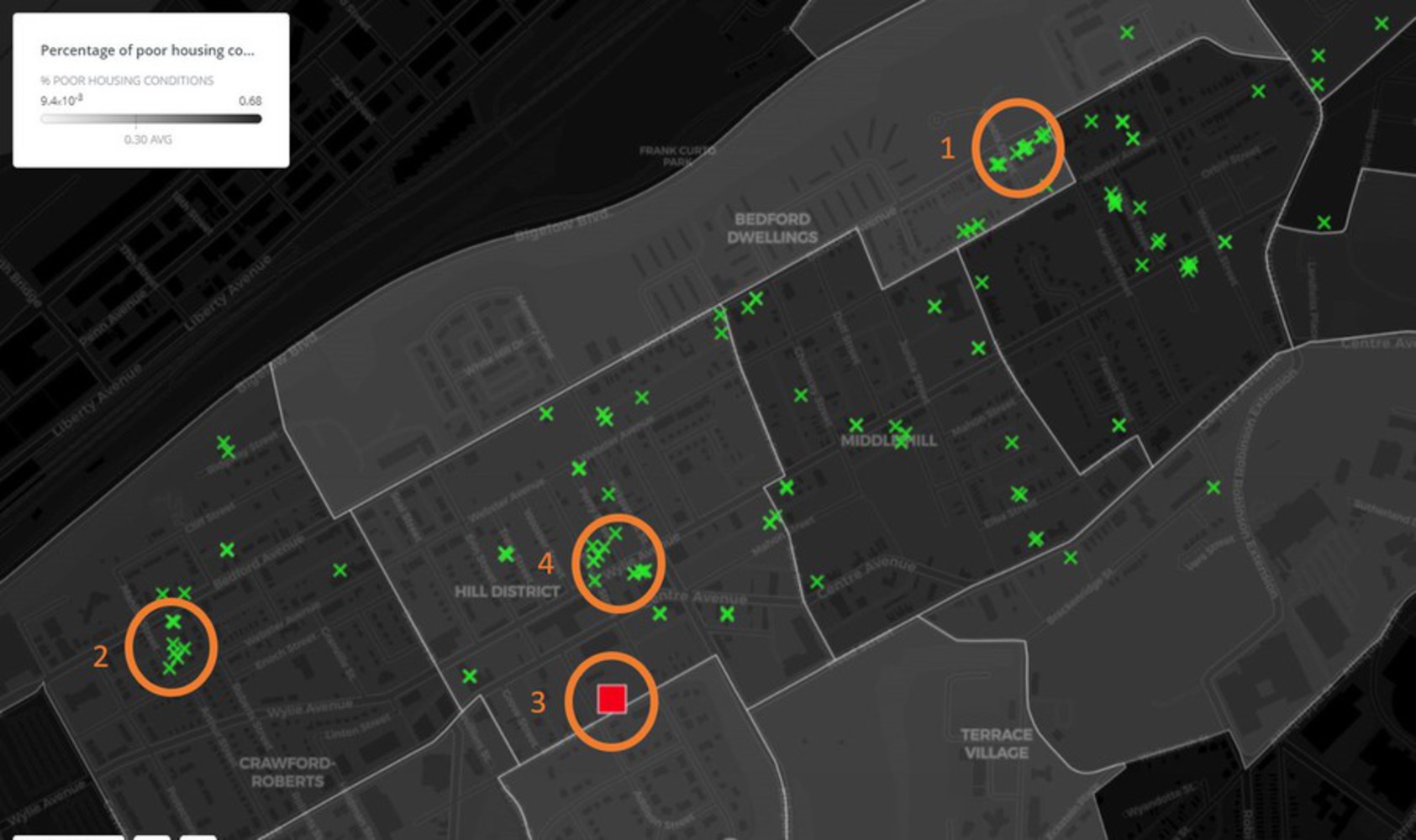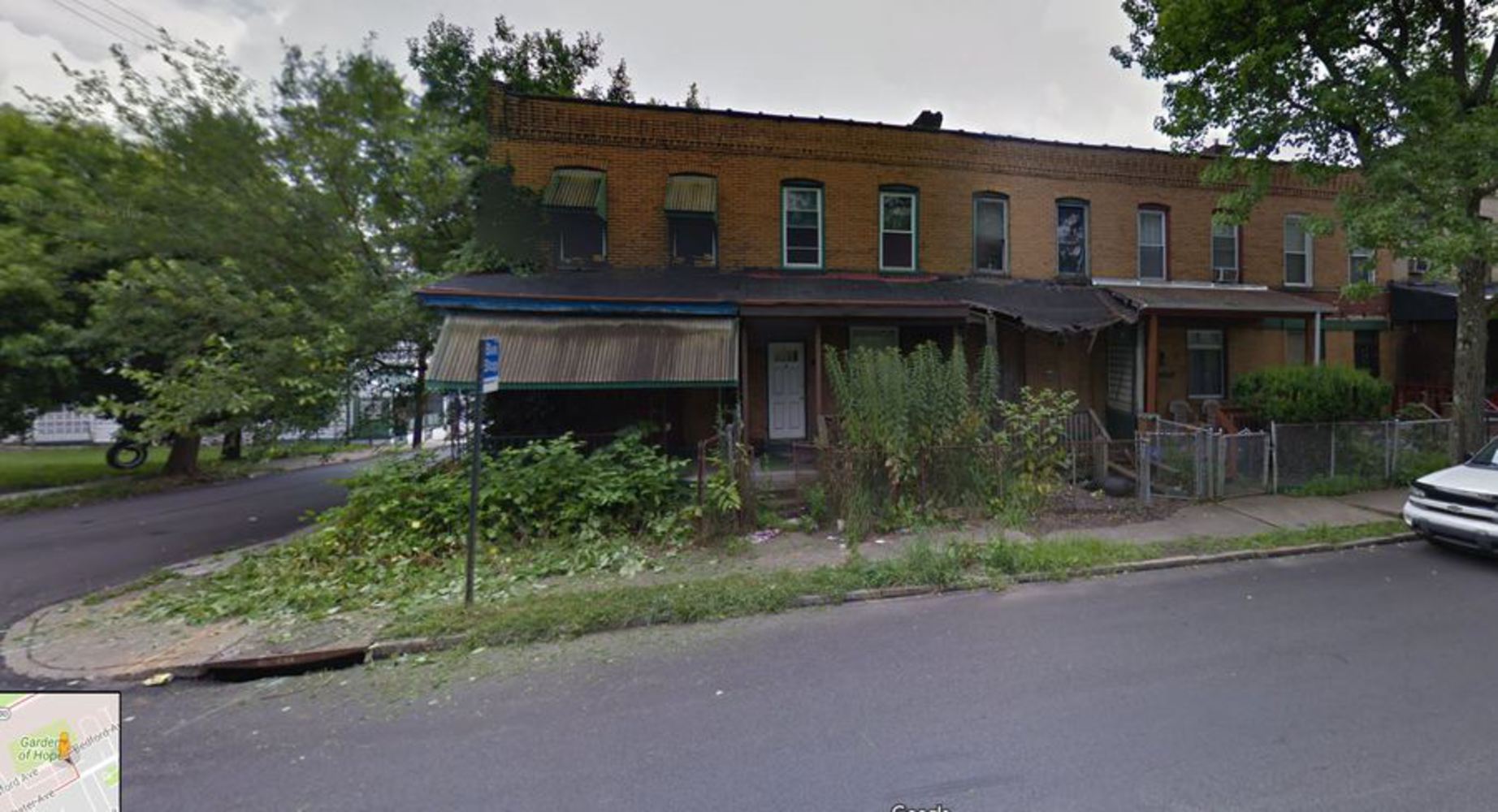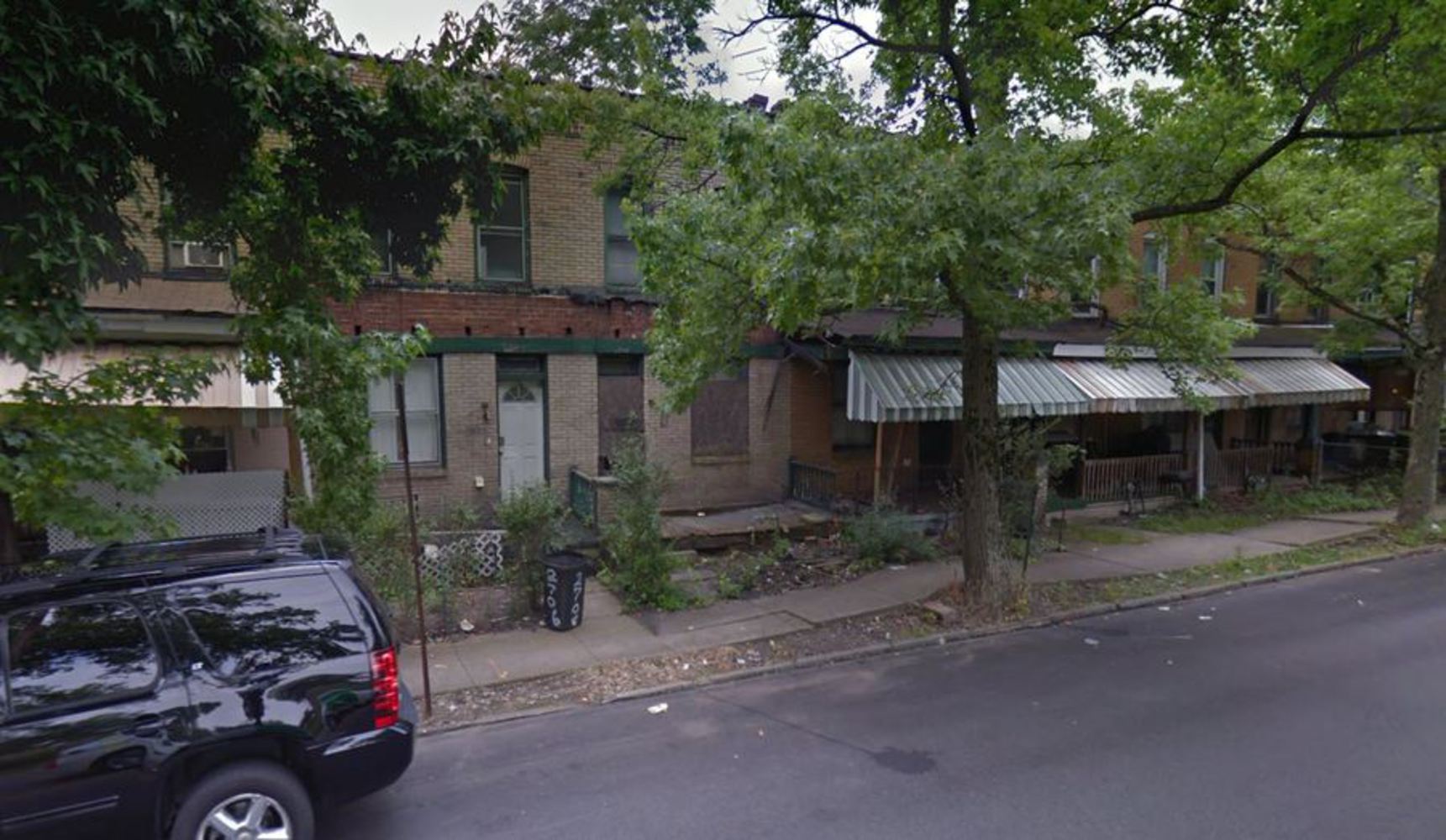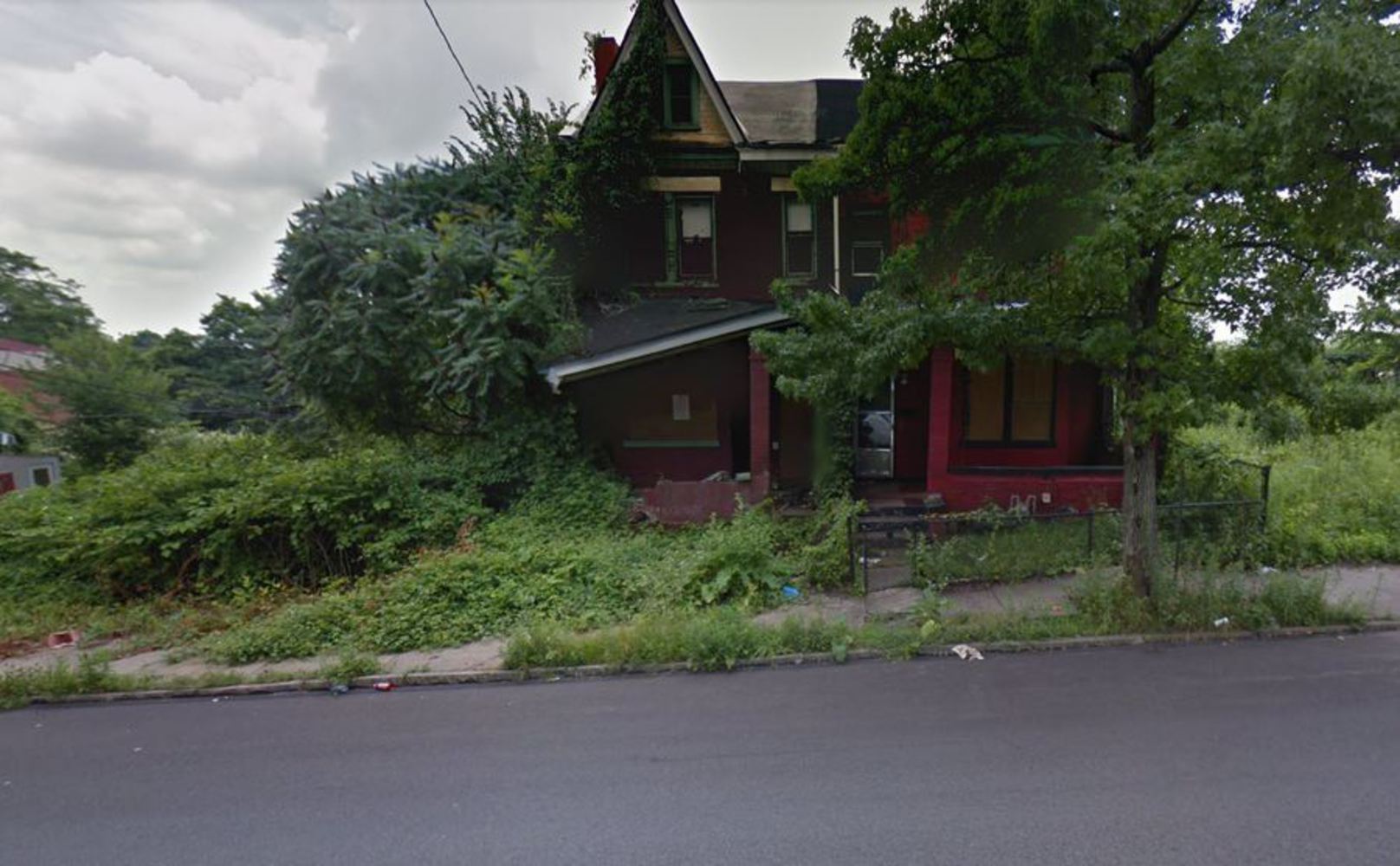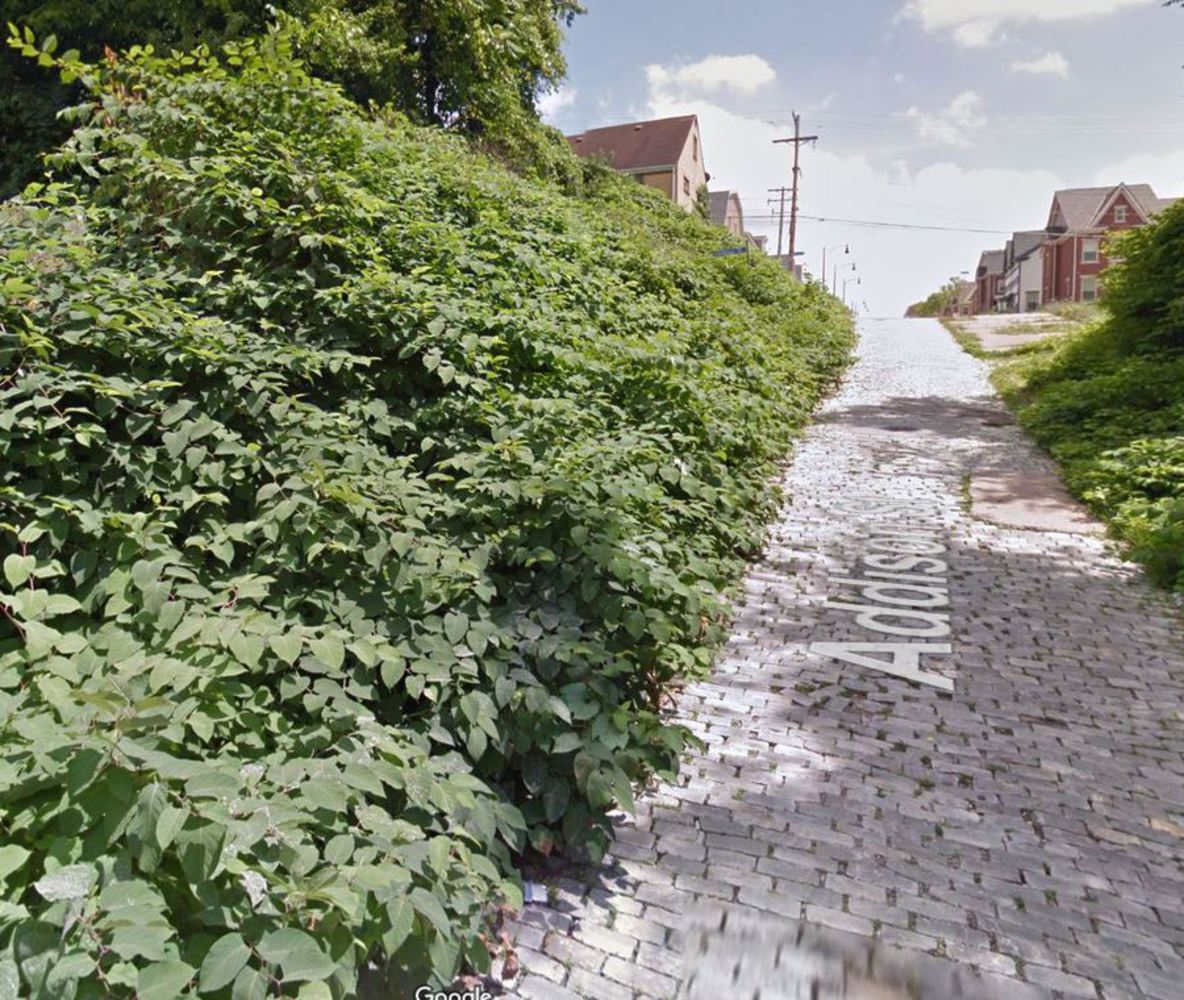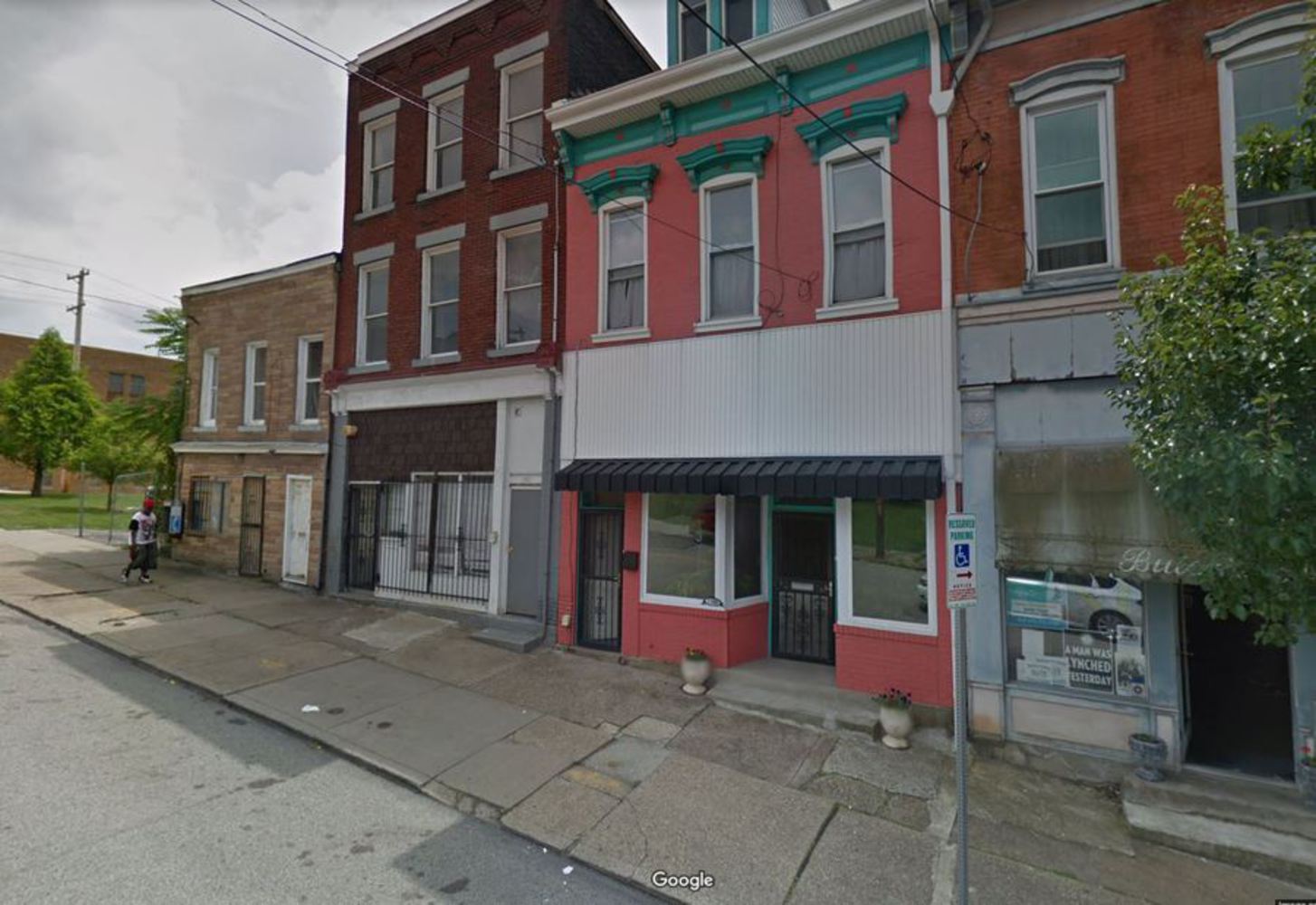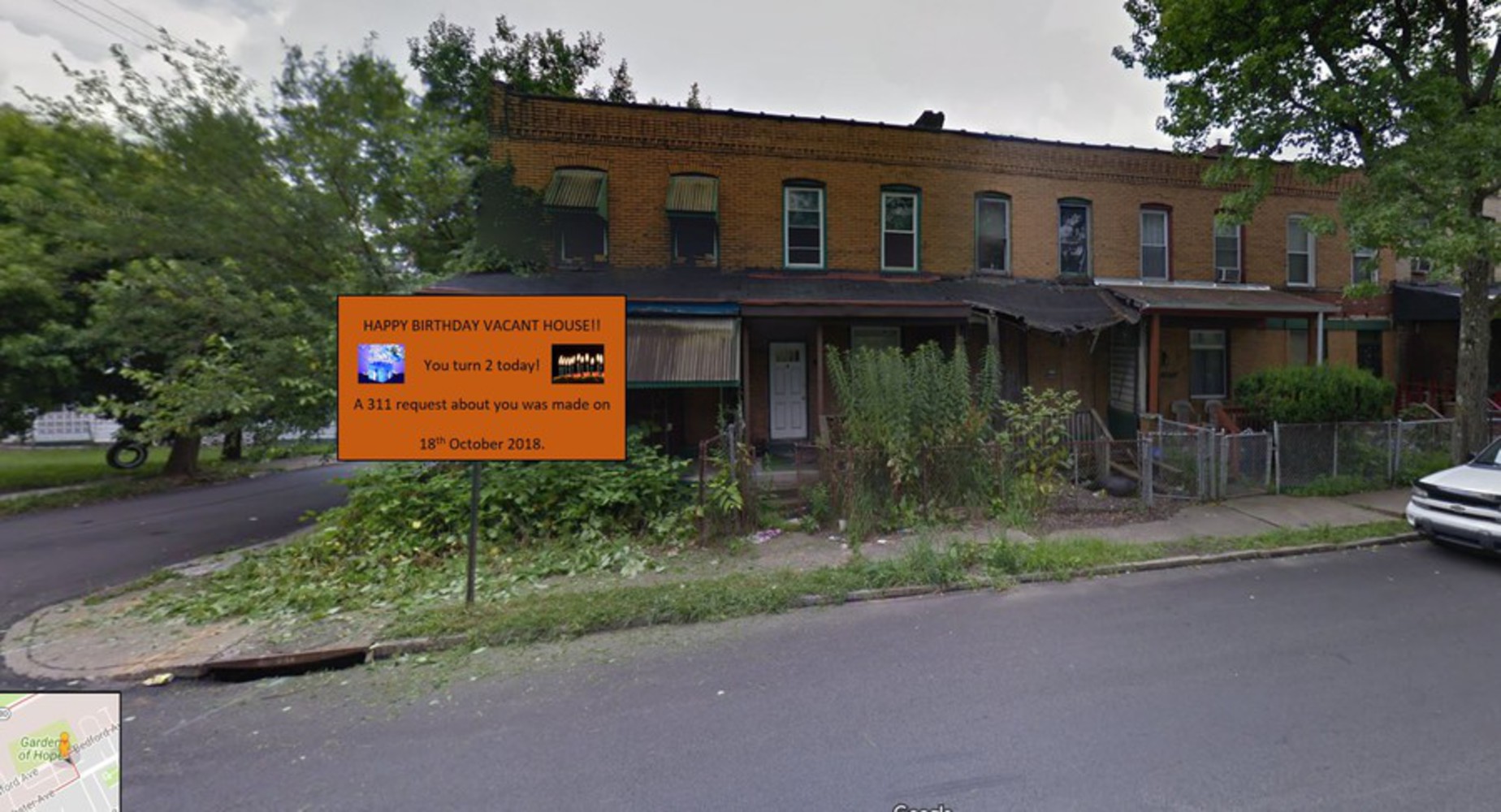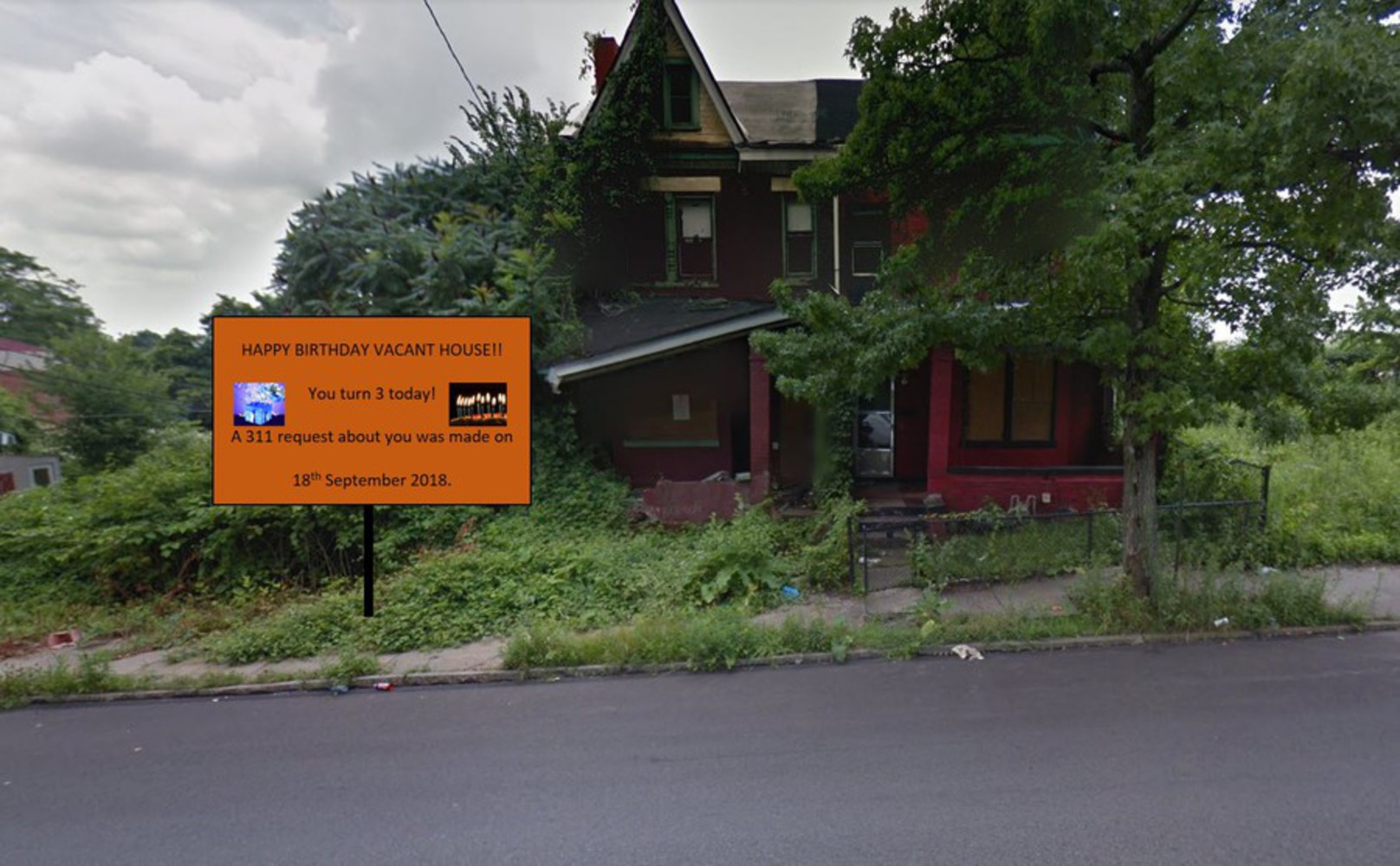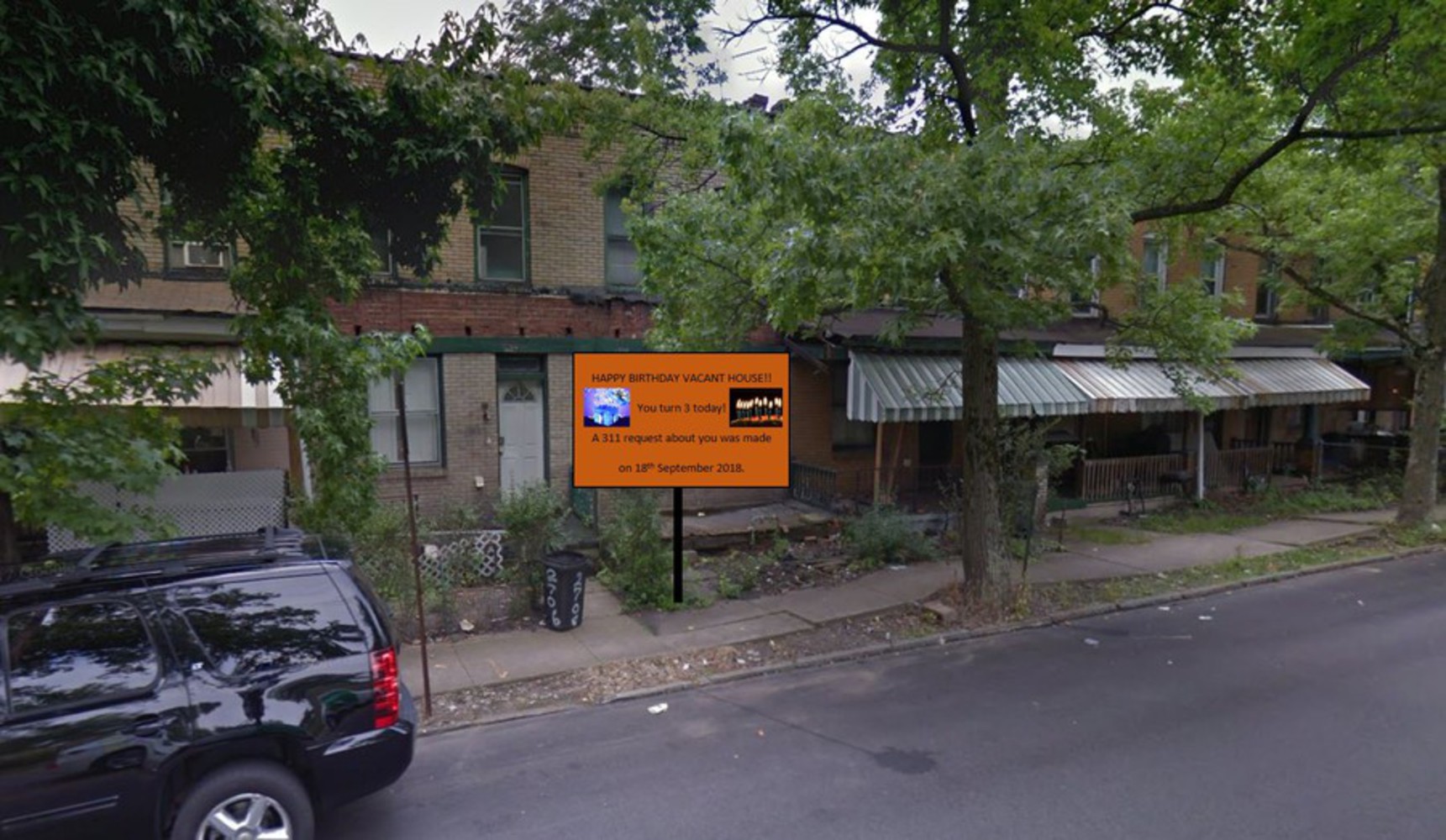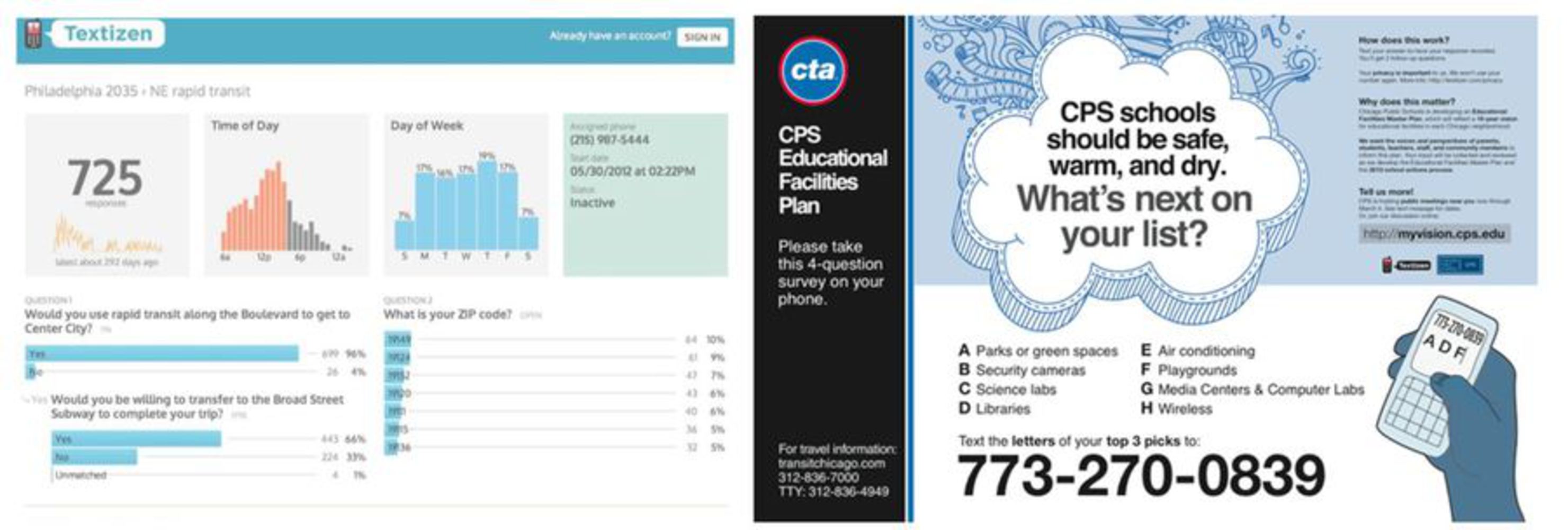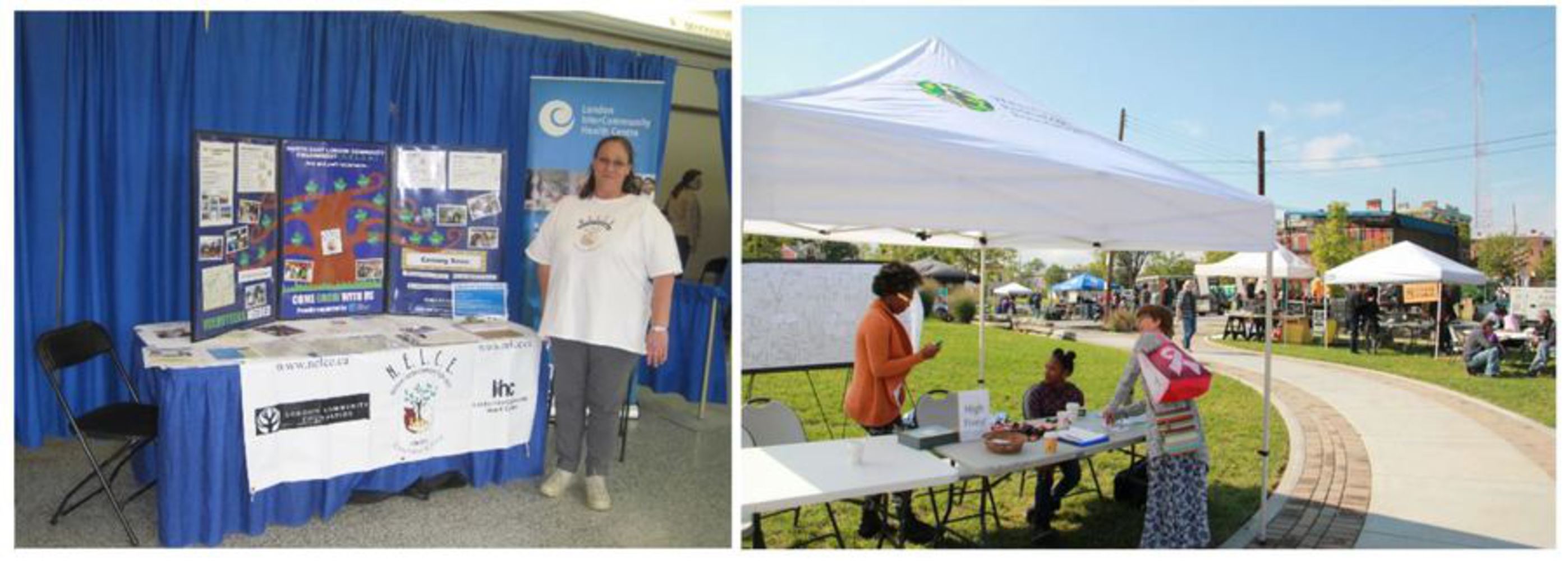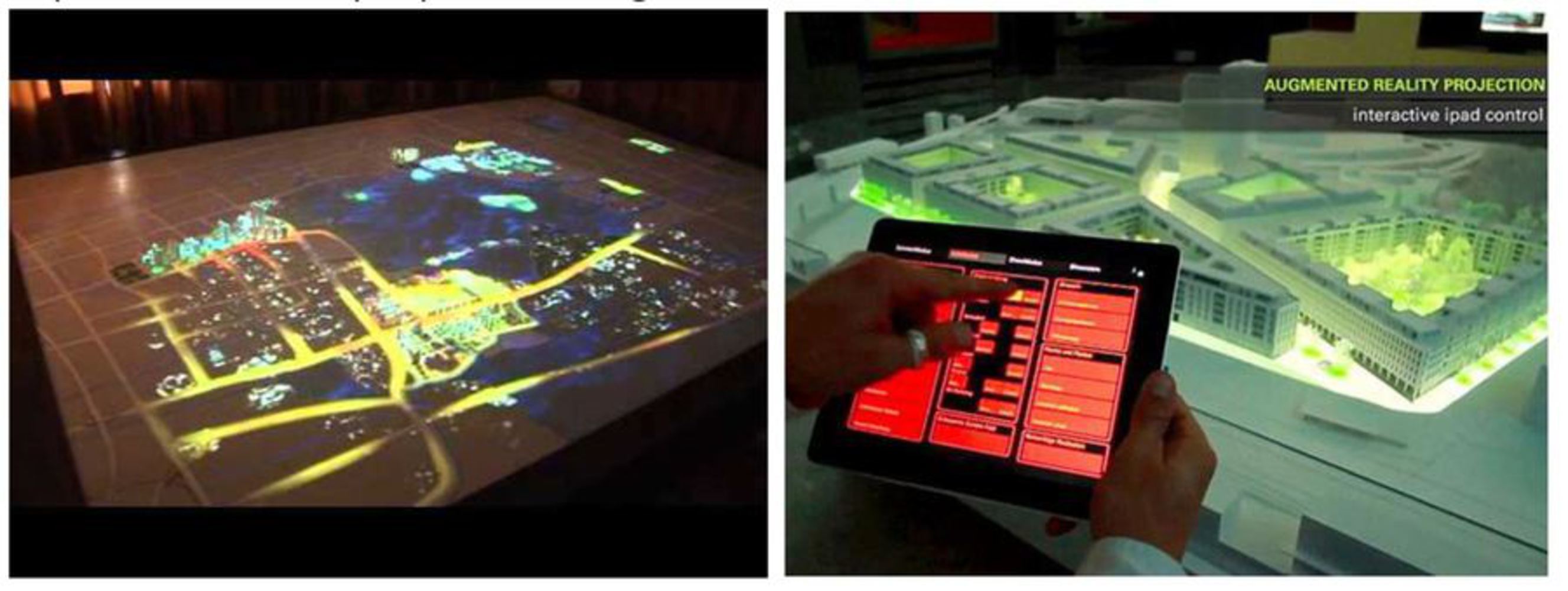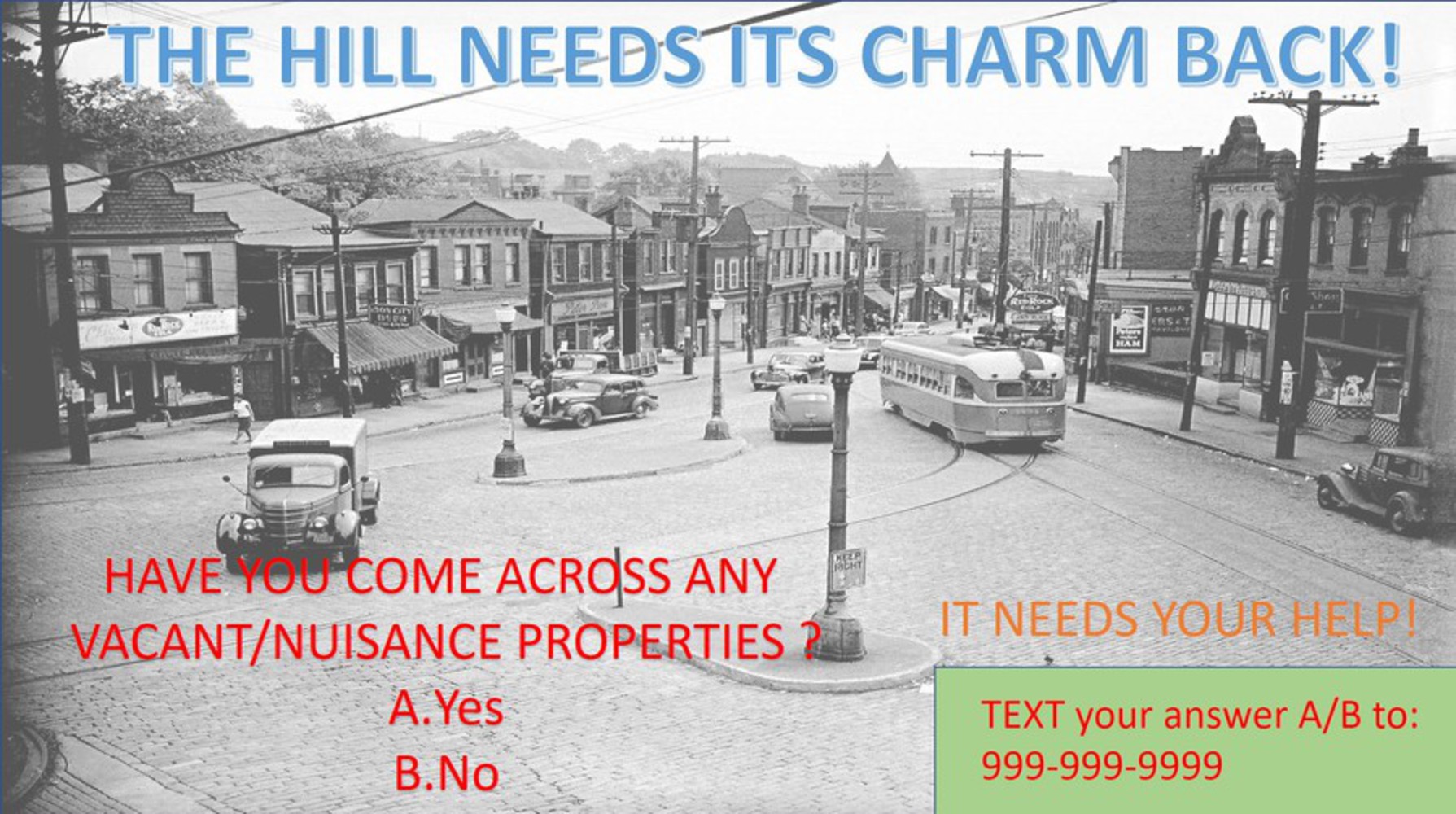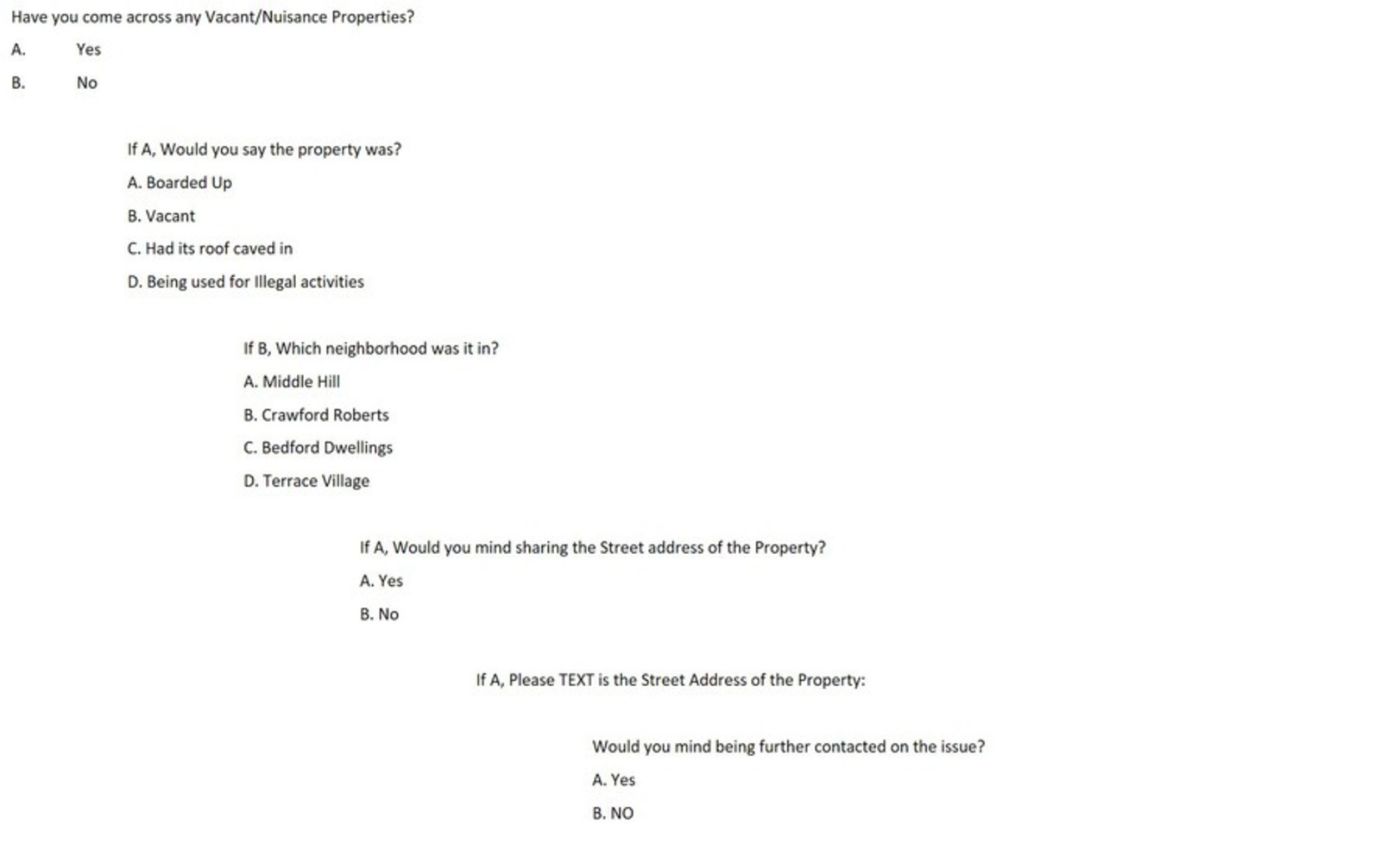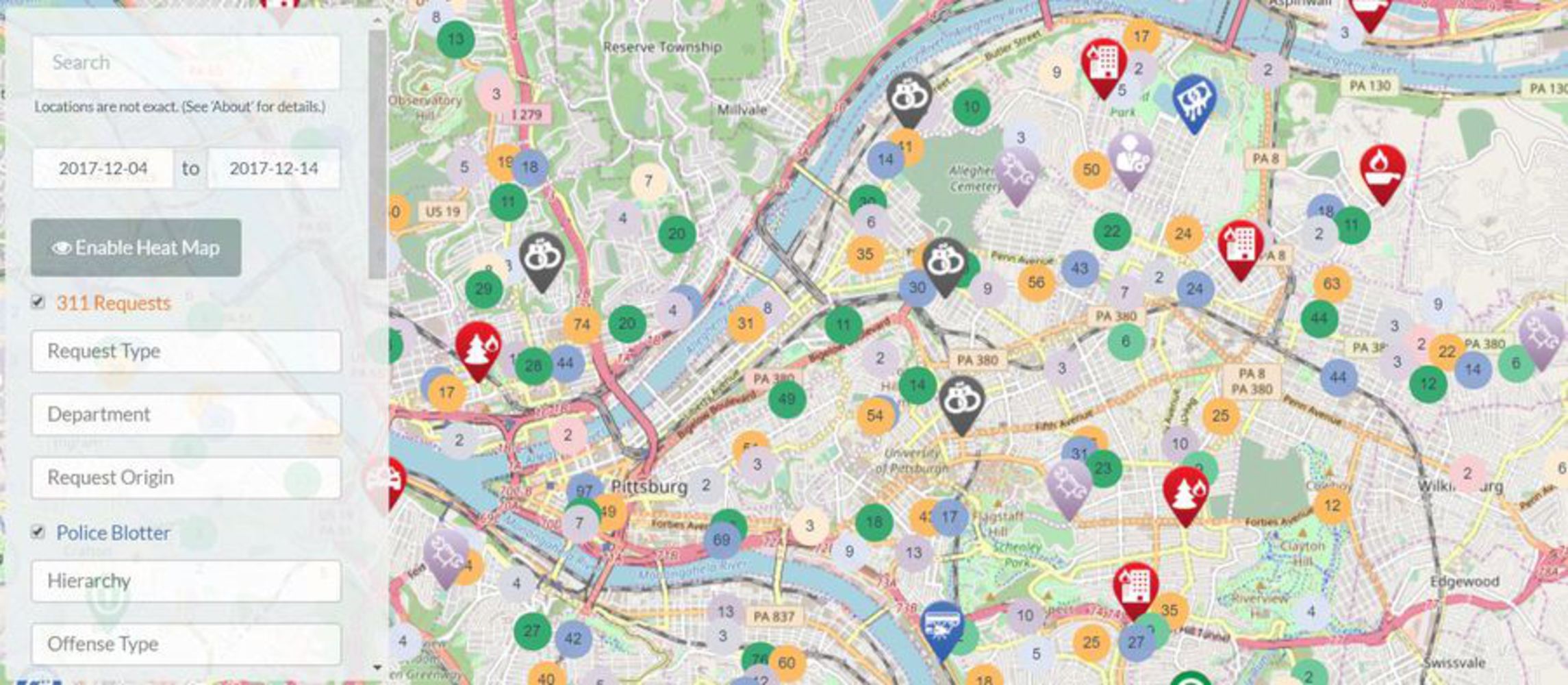Proposal: Participatory Data
Goal: I would like to further my study on Housing conditions in the Hill district that I worked on in module 2. Having gone through the 'responsive city' reading which spoke about how in New York city, researchers got together to find out the the flaws in city's data on vacant lots. This got me thinking, that the data used for my previous study was form 2010 and a lot could have changed since then. The lots could have been reused in some way or the other or might be a place of nuisance in the community.
The aim is to compare the data for vacant lots/units from WPRDC website used earlier and compare it to the City's database of vacant lots/units for sale in the area (using the city's Burgh's Eye View application. Any inconsistencies here can also be verified using google street view.
The participatory part of the project would be giving the local residents an ability to communicate with this project through text MMS. The idea is to have residents sending information about any vacant lots/nuisance properties which can then be added to a growing database which could possibly in the future used by a city.
Data Sources:
Pittsburgh Market Value Assessment data:
Pittsburgh Vacant Units data:
Pittsburgh 311 Data:
https://data.wprdc.org/dataset/311-data (Links to an external site.)Links to an external site.
Burg's Eye View data:
Context:
Chapter two: Networked citizenship, The Responsive City for information on how to integrate city's information with actual status on the ground
Textizen, on how to make the residents participate
https://www.textizen.com/ (Links to an external site.)Links to an external site.
Burgh's Eye View, on how to display the data in an interactive manner
